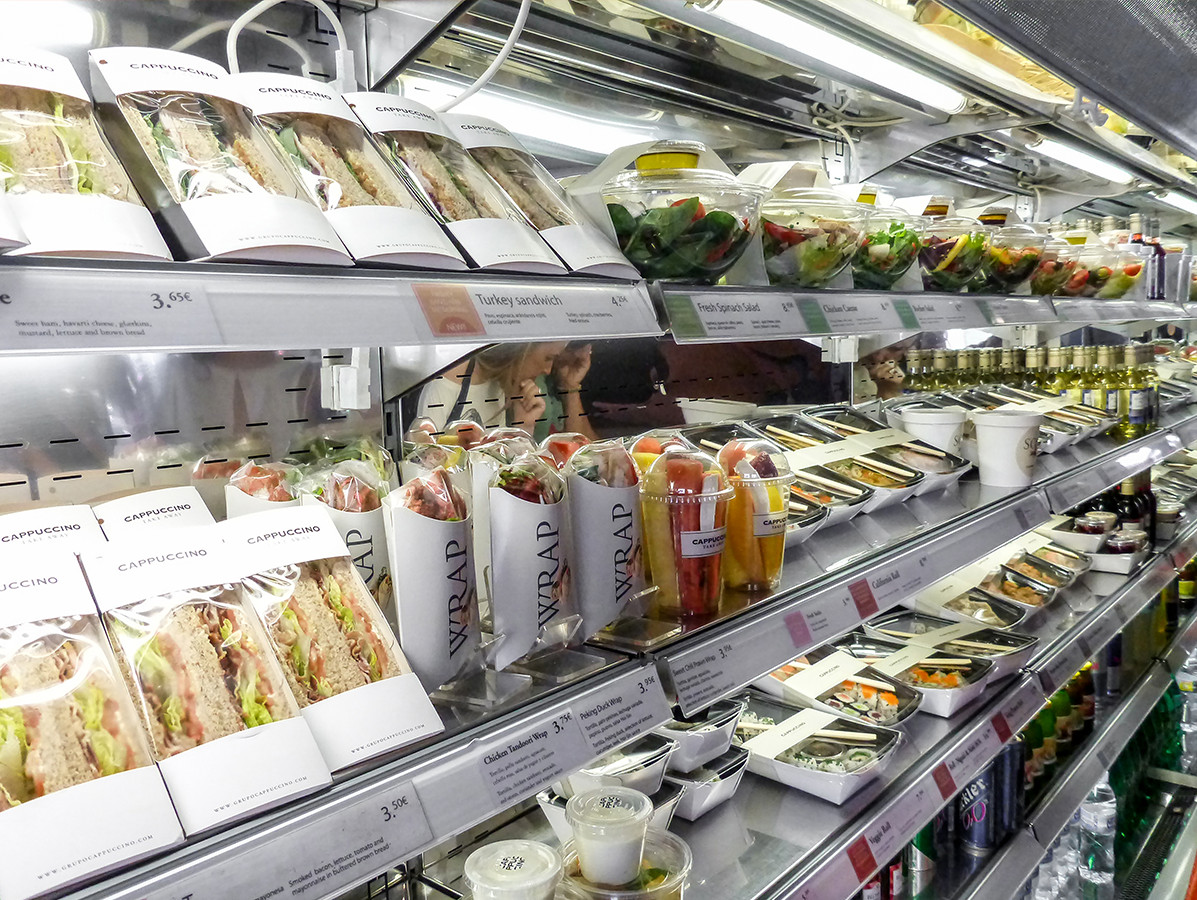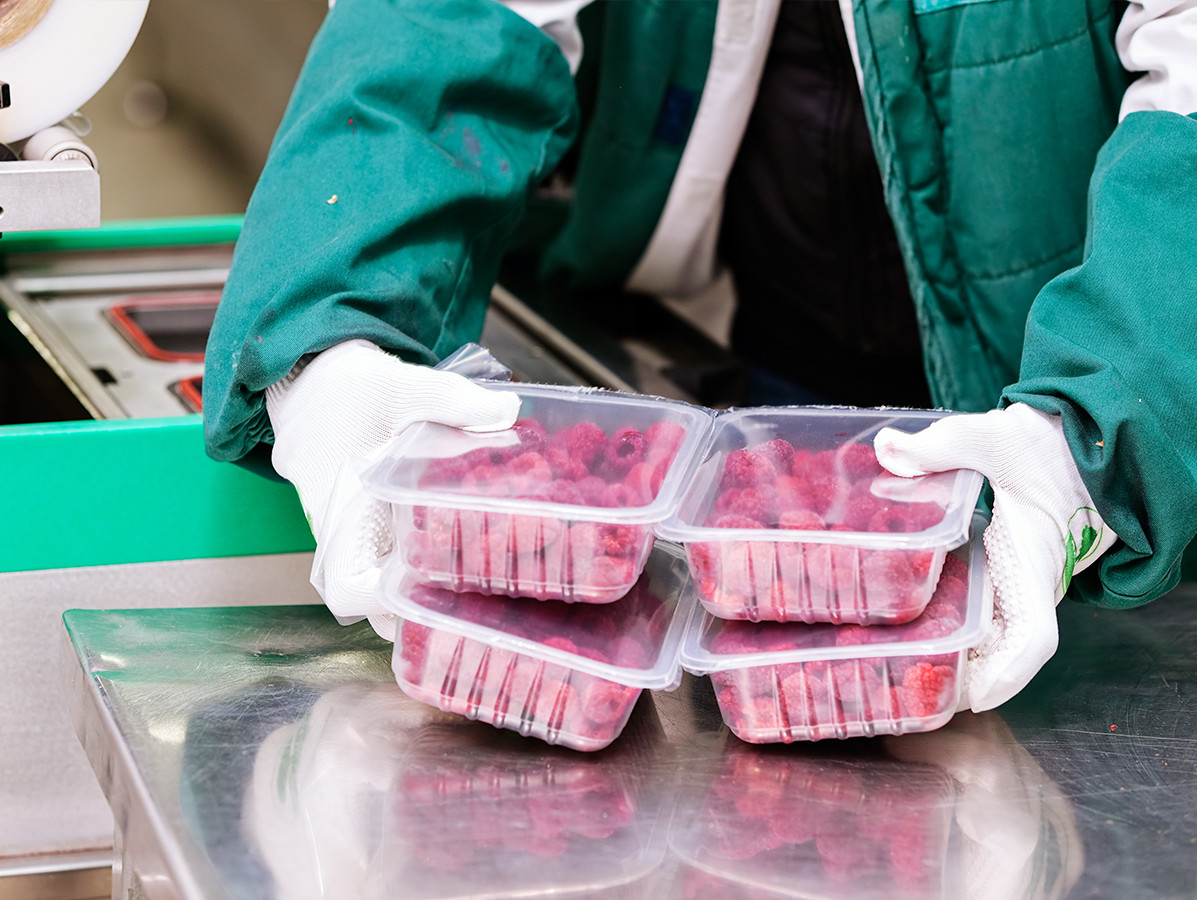
The quest for sustainable food packages is complex and can only succeed with an integrated approach. And although the use of plastic packages is increasingly questioned, it is often still the best option to keep many foods fresh and safe.
Within the public-private research project ‘Wrap it or waste it’, various product, packaging and recycling experts of Wageningen University & Research join forces to find a new sustainable equilibrium for food packing and packages. The aim is to redefine the functions that new sustainable packages have to comply to.
This redefinition is imperative. The urgent need to reduce the use of plastics is conveyed by a widening coalition of stakeholders. Also the food industry and their associations aim to reduce the amounts of plastic packages and hence mitigate greenhouse gas emissions and plastic soup formation. For example, the Dutch retailers (CBL) aim to slash packaging materials with 20% in 2025. Additionally the remaining packaging materials should contain 50% recycled content. Also the Dutch federation of food industries (FNLI) focusses on making packages more sustainable, collecting more packaging waste and recycling it. Conversely, several NGO’s such as the plastic soup foundation, Natuur & Milieu and zero waste movements favour more radical approaches and demand the abolishment of single-use plastic packages and the introduction of packages made from more sustainable materials and reusable packages. However, this can only be performed successfully when the essential functions of food packages are respected.
The six basic functions of food packaging are: 1. Containment, 2. Convey information, 3. Protection, 4. Assure food safety, 5. Offer convenience and 6. Marketing. A proper design aims to create an optimal balance between those six functions and three constraints (costs, logistical and legal requirements). The balance between these six functions is delicate. An ill-conceived, radical change in design can result in a large financial loss and large environmental impacts. These environmental impacts do not only relate to the packaging material itself, but to the whole packaged product, which also encompasses production, warehousing, transport and food losses & wastes. Sustainable food packages, therefore, relate to so much more than just abolishing plastics, enhancing recyclability and introducing reusable packages. Since, recyclability is increasingly demanded additionally, this is added as a seventh function to the packaging design equilibrium.
One of the objectives of the public private research project ‘wrap it or waste it’ of Wageningen University & Research is to redefine the balance between the functions a sustainable packaging concept has to comply to. The detailed knowledge of the experts on product physiology, packaging technologies and recycling technologies render a bespoke advise for a new balance between these functions. So, what are the options to make food packages more sustainable, recyclable or even circular recyclable?

The first two case studies within this project were aimed at the packages of snack tomatoes and poultry meat products . The standard packaging types for snack tomatoes are plastic shakers and buckets. These transparent packages boost the sales of the product. Furthermore, they offer a perfect protection against mechanical damage. The PET-based shakers can unfortunately not be recycled, yet. The heavier PP buckets can be recycled, but not yet circularly in buckets for tomatoes. Moreover, we cannot exclude that these plastic packages will somehow contribute to the formation of litter and plastic soup. A cardboard box with punched holes is an alternative, which doesn’t use plastic. Hence its contribution to litter and plastic soup formation is negligible. An inherent disadvantage is that the customer cannot inspect the quality of the snack tomatoes at the purchase-moment, which could reduce sales. A compromise package is made out of a PP based pouch and can be hung and displayed face forward. This transparent pouch shows the product, but uses far less plastics and hence will contribute less to littering and plastic soup than the buckets. Unfortunately, the PP film can only be recycled to mixed plastics, from which only relatively large objects can be made. This is also not circular.
The standard packages for poultry meat products are PET-PE trays with a PET-PE top-film, a plastic top-label and a paper bottom label. PET makes the tray transparent and contains the modified atmosphere , whereas PE guarantees that the trays are sealed in a reliable manner. This package protects the poultry meat very effectively, reducing the food losses. Unfortunately, this multi-layered packaging cannot be recycled with conventional mechanical recycling technologies. Alternative packages with only PE on the flange are being sold, to facilitate future recycling. Alternative packages that are recyclable and offer similar levels of protection are currently unavailable.
Multiple recycling companies are exploring options to develop recycling processes for non-bottle PET, which includes both the shakers and the meat trays. Currently it is unknown how much time and capital are still required to get these processes operational. Hence, the food industry faces a difficult dilemma. They would like to see that all their packages are recyclable and possibly even circular recyclable. That might be possible in the future, ... but there is no guarantee. So, what to do? Is it better to continue the current non-recyclable package and wait for salvation? Or could one better redesign the current package to facilitate recycling in the future? Or should one completely change the concept to frozen product in favour of recyclability? The quest for more circular recyclable packages can only succeed in case all stakeholders are fully committed, including civilians, plastic industry and recycling companies. Food industries can pursue multiple sustainability strategies, such as limiting food waste, minimising the environmental impacts of the product-packaging-combination, improving the recyclability and circularity, etc. All these strategies will result in different packaging designs. But only a well-concerted action of all stakeholders can result in circular recyclable packages.
Photo shelfs: ©Robby Fontanesi/shutterstock.com, beeld raspberries: ©Vladimir Nenezic/shutterstock.com
Source: Vakblad Voedingsindustrie 2021